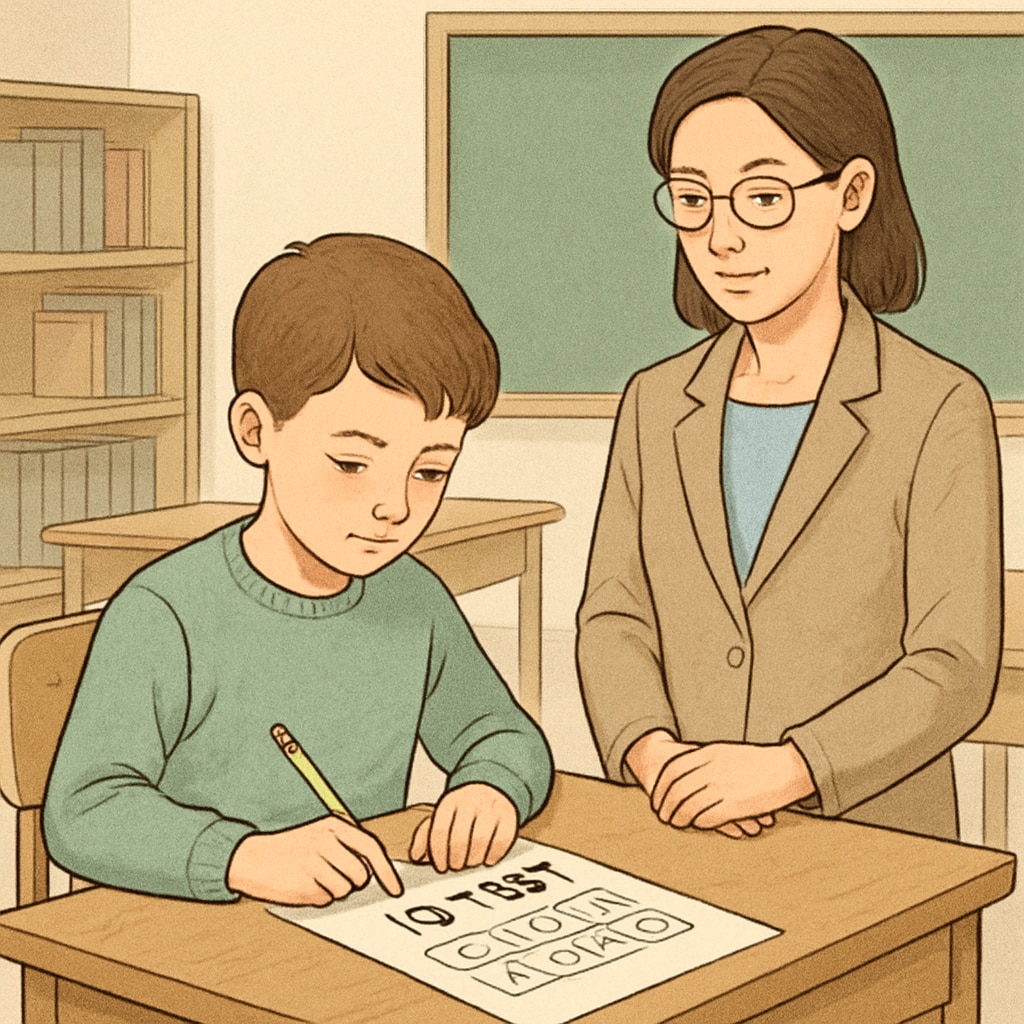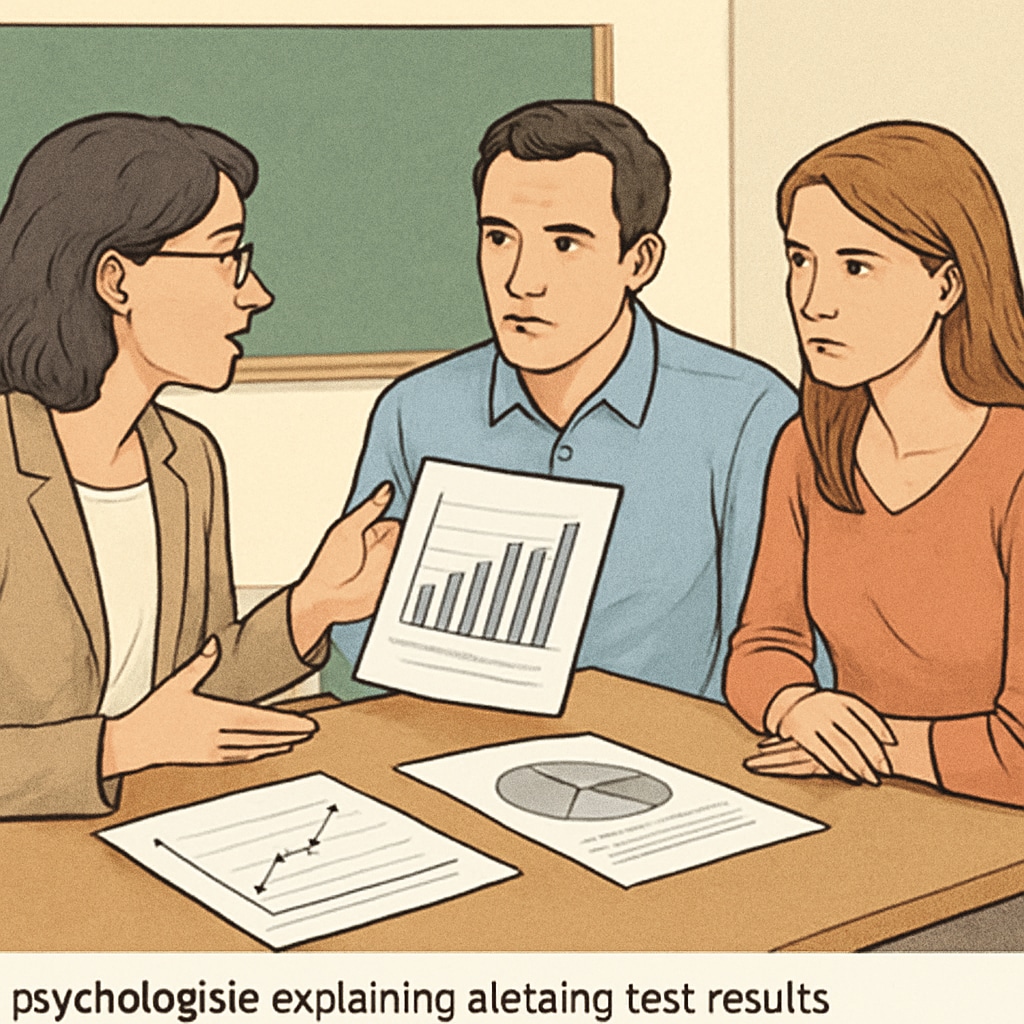Parents and educators often search for the best methods to identify gifted children. Standardized tests like CogAT, WISC, and Stanford-Binet are frequently used for this purpose, providing insights into a child’s unique abilities and potential. But which test is the most suitable for your child? This article explores the key features, advantages, and appropriate use cases of these popular assessments, helping you make an informed decision for your child’s development.
Understanding the Need for Gifted Child Assessment
Gifted children display exceptional intellectual abilities, creativity, or leadership skills at an early age. Identifying these talents early is crucial for providing the right educational resources and support. Standardized tests, such as the Cognitive Abilities Test (CogAT), Wechsler Intelligence Scale for Children (WISC), and Stanford-Binet Intelligence Scales, are designed to measure various cognitive domains, enabling educators and parents to better understand a child’s strengths and weaknesses.
However, the choice of test depends on several factors, including the child’s age, learning style, and specific areas of strength. Each test has its unique structure and focus, making it essential to evaluate their suitability based on individual needs.

Key Features of Popular Gifted Child Tests
Let’s take a closer look at the three most commonly used assessments: CogAT, WISC, and Stanford-Binet.
- Cognitive Abilities Test (CogAT): CogAT evaluates reasoning and problem-solving skills in verbal, quantitative, and non-verbal domains. It is often used in school settings to identify students for gifted programs. This test excels in identifying children with strong analytical abilities and is suitable for group testing.
- Wechsler Intelligence Scale for Children (WISC): WISC is a comprehensive IQ test designed for children aged 6-16. It assesses cognitive abilities across multiple domains, including verbal comprehension, working memory, and processing speed. WISC is ideal for a detailed, one-on-one evaluation.
- Stanford-Binet Intelligence Scales: Known for its long history and reliability, this test measures five factors of cognitive ability: fluid reasoning, knowledge, quantitative reasoning, visual-spatial processing, and working memory. It is suitable for children as young as 2 years old, making it an excellent choice for early identification.
Each of these tests has its strengths, and the selection should align with the specific goals of the assessment. For example, CogAT may be the best choice for screening a large group of students, while WISC or Stanford-Binet might be more appropriate for in-depth, individualized testing.

How to Choose the Right Test for Your Child
Choosing the right test involves understanding your child’s unique needs and the purpose of the evaluation. Here are some factors to consider:
- Age and Developmental Stage: Some tests, like Stanford-Binet, cater to younger children, while others are more suitable for older age groups.
- Purpose of Assessment: Determine whether the goal is to qualify for a gifted program, identify specific strengths and weaknesses, or provide general insights into cognitive abilities.
- Testing Environment: Group tests like CogAT are efficient for schools, while one-on-one tests like WISC offer a personalized approach.
- Special Considerations: If your child has learning differences or language barriers, consult a psychologist to choose a test that accommodates these factors.
It’s also important to work with qualified professionals who can interpret the results accurately and provide actionable recommendations for your child’s education.
Maximizing the Benefits of Gifted Assessment
Once the right test has been chosen and administered, the next step is to use the results effectively. Here’s how:
- Collaborate with Educators: Share the test results with your child’s teachers to ensure they receive appropriate challenges and support in the classroom.
- Provide Enrichment Opportunities: Enroll your child in programs or activities that align with their strengths, such as advanced math classes, arts programs, or STEM workshops.
- Support Emotional Development: Gifted children may face unique social and emotional challenges. Encourage open communication and provide resources to help them navigate these experiences.
By understanding and nurturing your child’s talents, you can help them reach their full potential and thrive both academically and personally.
Conclusion: Choosing the right assessment test for your gifted child is a critical step in unlocking their potential. Whether you opt for CogAT, WISC, or Stanford-Binet, the key lies in tailoring the choice to your child’s unique needs and circumstances. By doing so, you can set the stage for a lifetime of learning and success.


